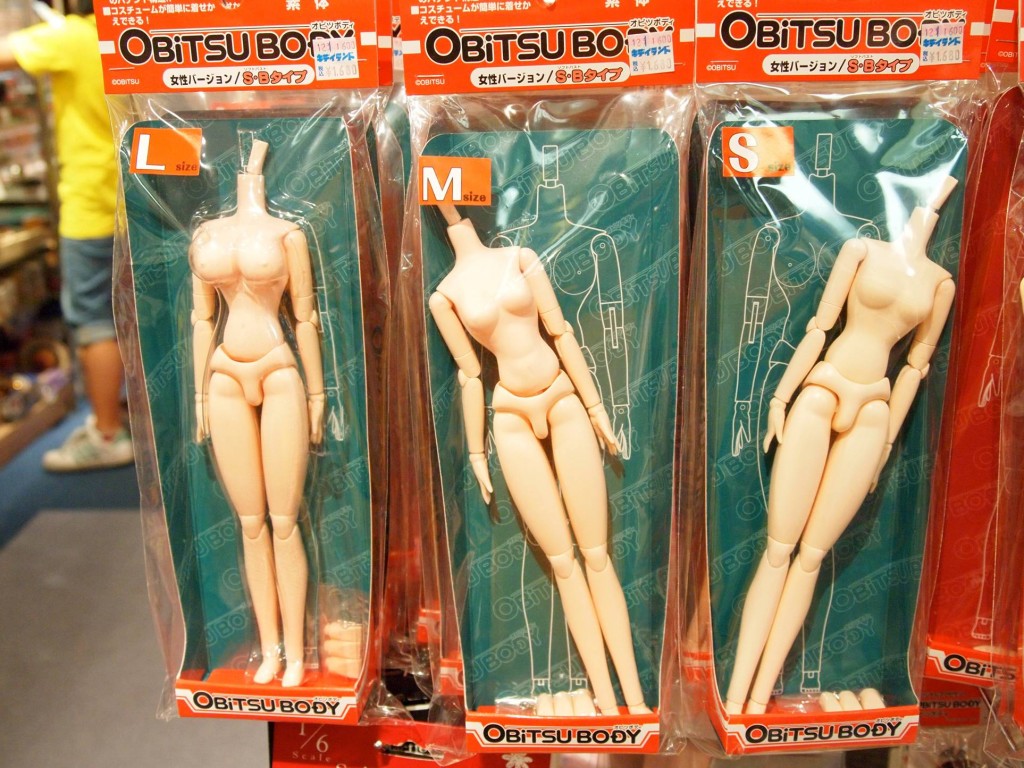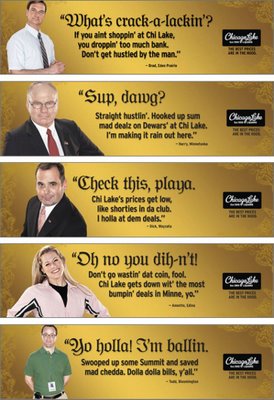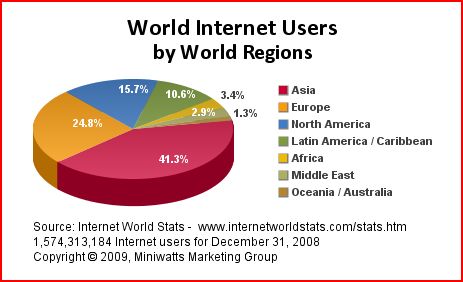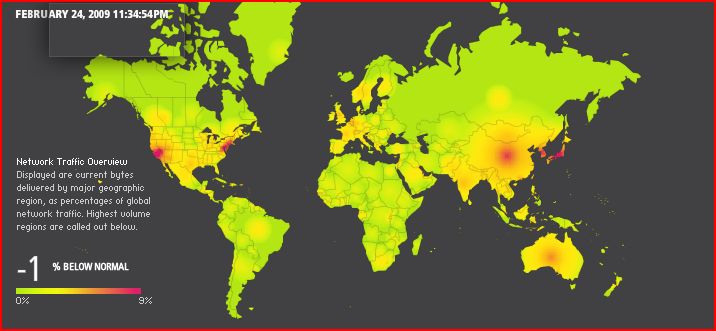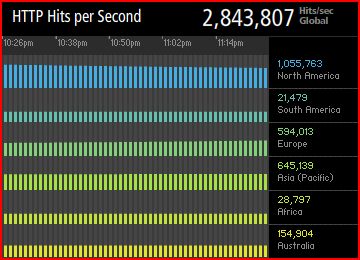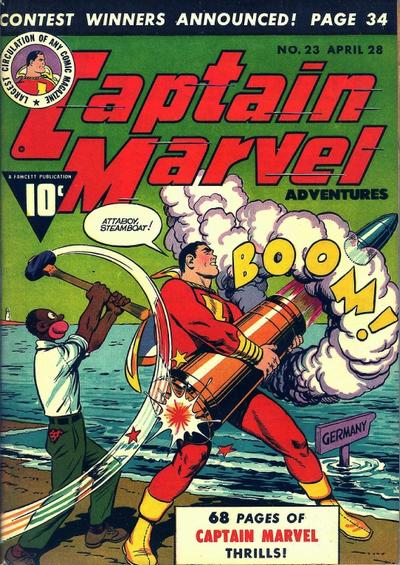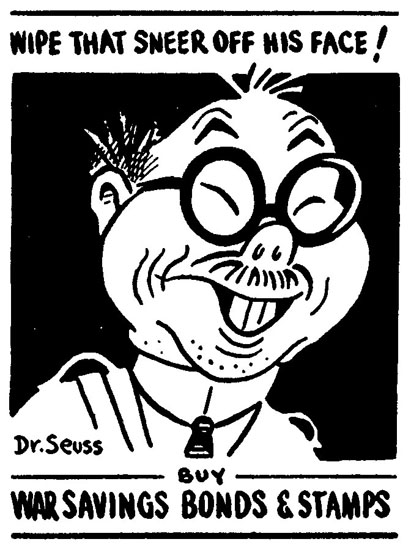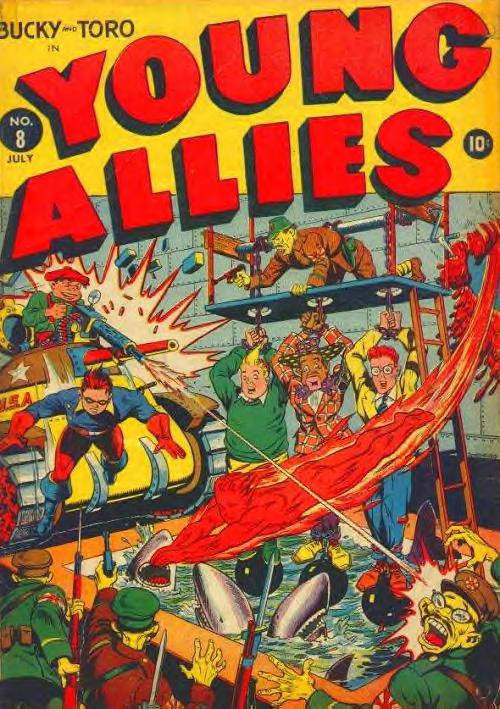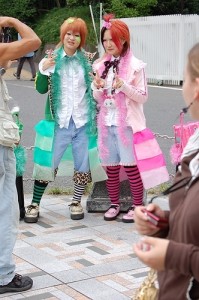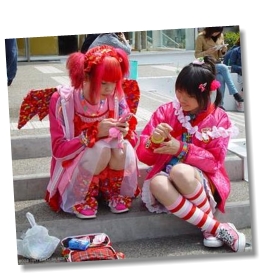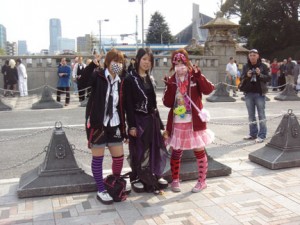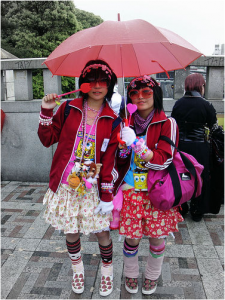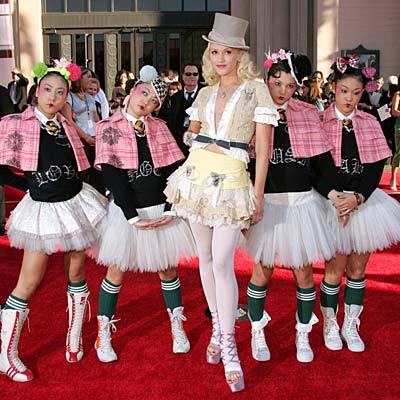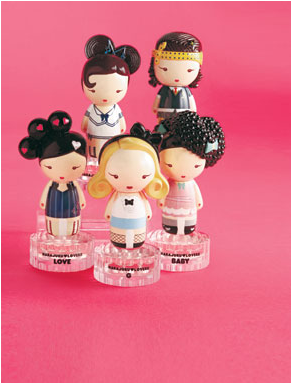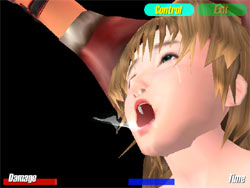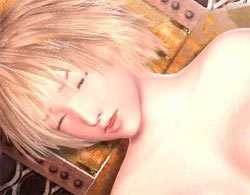Tristian B. told us about Jeanswest Australia’s Authentic Japanese Vintage Denim ad campaign, which features images of White people surrounded by groups of kneeling Japanese men or women:
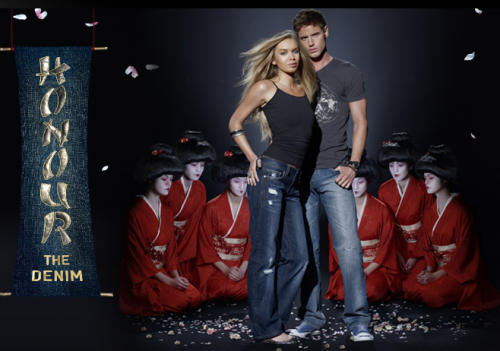
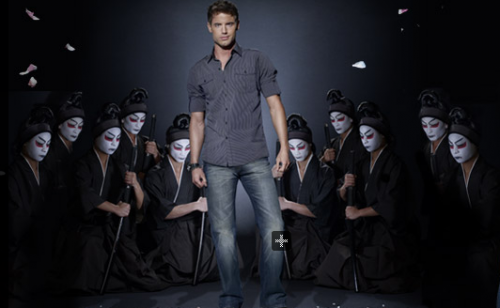
Oddly enough, Andrea J. recently sent us a link to the Palm Pre “Flow” ad, which has a White woman using the Palm Pre while a group of identically-dressed Asians, none shot in a way that presents them as individuals, dancing around her as she discusses how nice it is when everything rearranges itself to do just what you want:
NEW! (Oct. ’09) Macon D. found another example of the use of generic, undifferentiated Asians as props. This time in a performance by Shakira:
[youtube]http://www.youtube.com/watch?v=6bZxN1Qq9K4[/youtube]
She gives the same performance on Saturday Night Live.
Gwen Stefani’s Harajuku Girls are another great example.
This reminds me a lot of some images from Britain’s Next Top Model that Lisa posted about last year, in which Africans were used as background props in a photo shoot with the contestants. The Asian individuals in these two ads are an undifferentiated mass, strikingly dressed and posed to show off the subjects of the ads–the White people who are foregrounded and depicted as specific, individual human beings rather than an interchangeable member of a group.
For other examples of non-Whites used as props, see our post about a fashion spread in Vogue Italia and this photo from NYLON magazine.
Gwen Sharp is an associate professor of sociology at Nevada State College. You can follow her on Twitter at @gwensharpnv.

